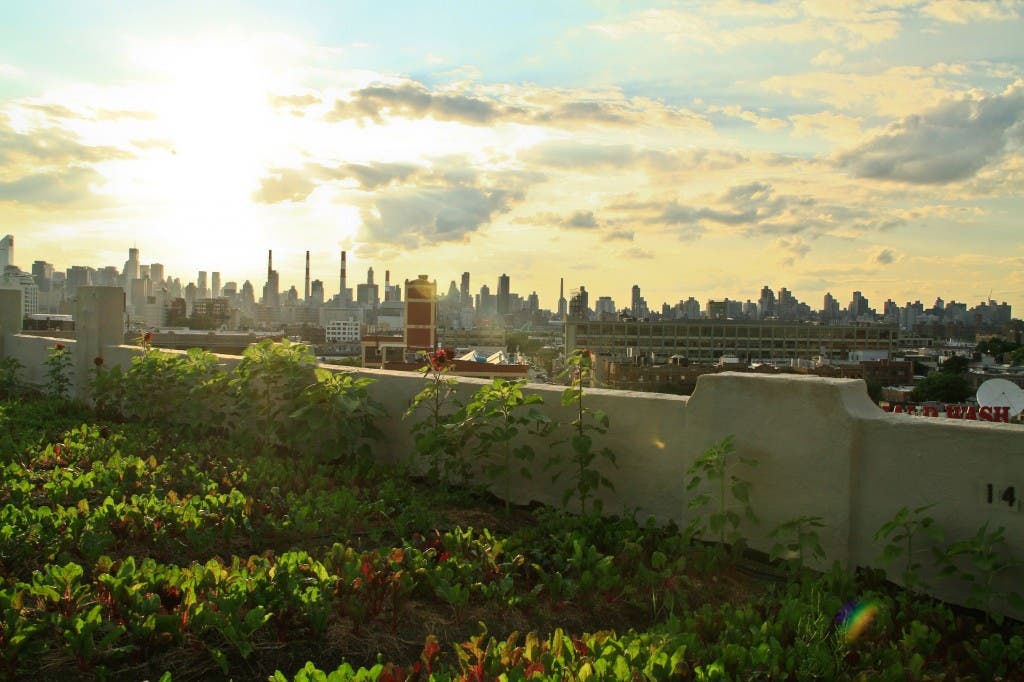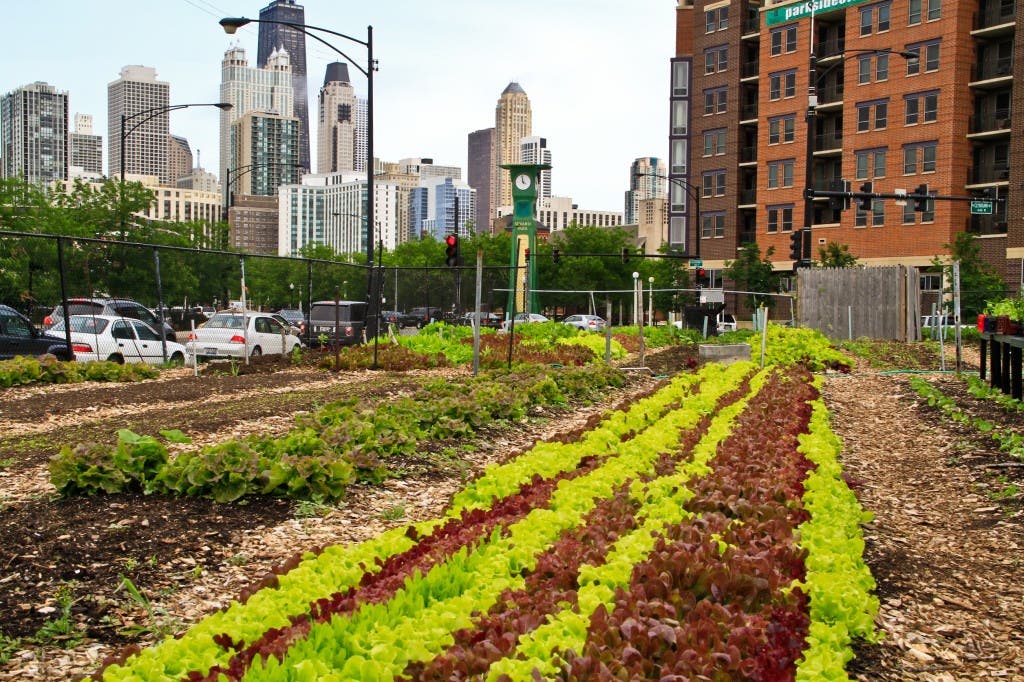Movie on a Mission: Growing Cities


photo credit: Growing Cities
Documenting a road trip to scout out urban farms across America, Growing Cities visits rooftops, back yards, and reclaimed abandoned lots under cultivation in major urban centers including Seattle, Atlanta, and Detroit. Along the way, filmmakers Dan Susman and Andrew Monbouquette discover how urban farming cross-pollinates with such issues as immigration, employment, education, and public health—turns out, no urban farm is an island. Here, we hear more from director and co-producer Susman.
How is urban faming a corrective to industrial agriculture?
Urban farming brings agriculture down to a human scale—one where things are hand picked, tended for humanely, and in consideration of the community. City farmers are taking food production into their own hands and providing for their own communities.

photo credit: Growing Cities
What about rooftop farming suggests it’s more than a fad?
Rooftop farmers are sprouting up all over the USA and the world. In places that don’t have much space, why not use this resource? In New York City alone, you could grow millions of pounds of produce on the rooftops that are suitable for farming. In addition, rooftop farms play an important role in rainwater catchment, which is a vital issue for many cities with sewer systems that are already much beyond their capacity.
After making the film, how would you answer a question it raises: Can urban agriculture be economically viable?
Economic sustainability is one of biggest challenges with urban agriculture. Urban farmers face costs than are greater than rural farmers’. Some of these include increased cost of land, municipal water, etc. That said, though it’s uncommon, we have met some urban farmers who are making a living. One good example is Carol Ann Sayle, down at Boggy Creek Farm in Austin, Texas, who started her farm back in the early ’90s.
The film ends with you and Andrew creating a truck farm in your hometown of Omaha. What’s happening with that?
Truck Farm Omaha still operates today, providing edible education to Omaha-area youth, including hands-on opportunities to learn about sustainable agriculture and healthy foods all out of the back of a 1975 Chevy Pickup. It’s one of the things I’m most proud of from the whole filmmaking process. To date, we’ve taught thousands of kids in Omaha about sustainable agriculture and provided them an opportunity to try all sorts of new things, for example, arugula.
Which takeaway from your odyssey gives you the most hope?
Every place we go to show the film, someone asks, “Why didn’t you visit our city or our farm?” That’s really exciting to me because it reinforces something we already knew from our travels—which is this movement is happening everywhere. It’s being undertaken by so many different types of people for so many different reasons. It’s the diversity and scope of this movement that really gives me hope.

photo credit: Growing Cities